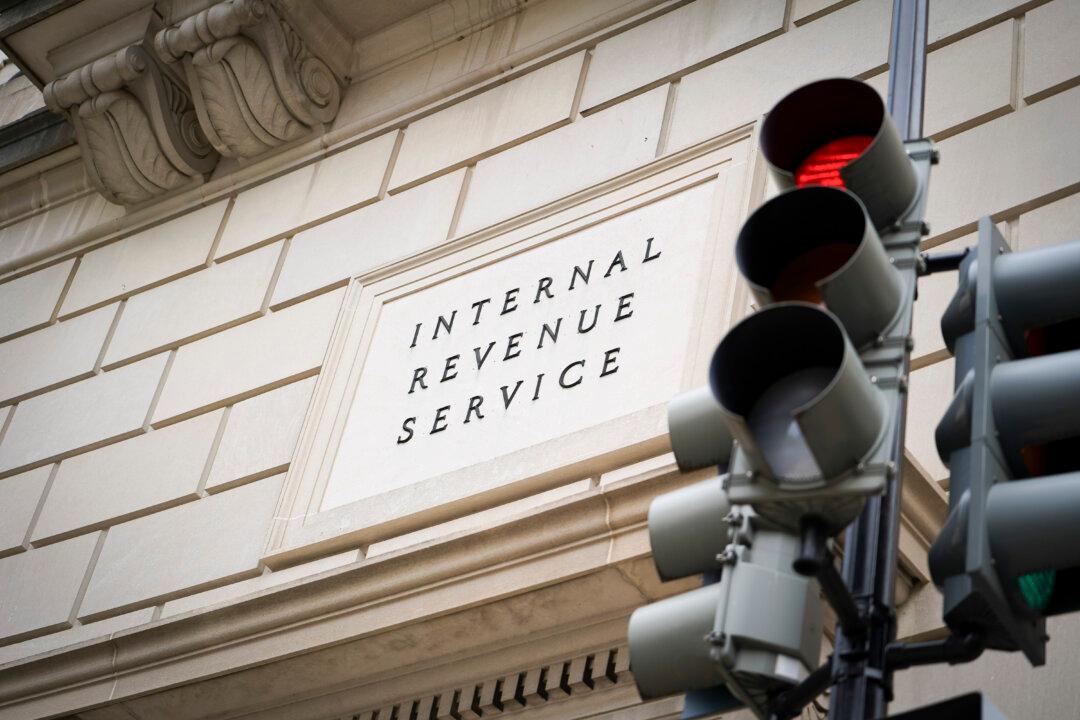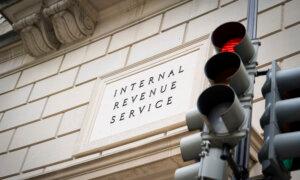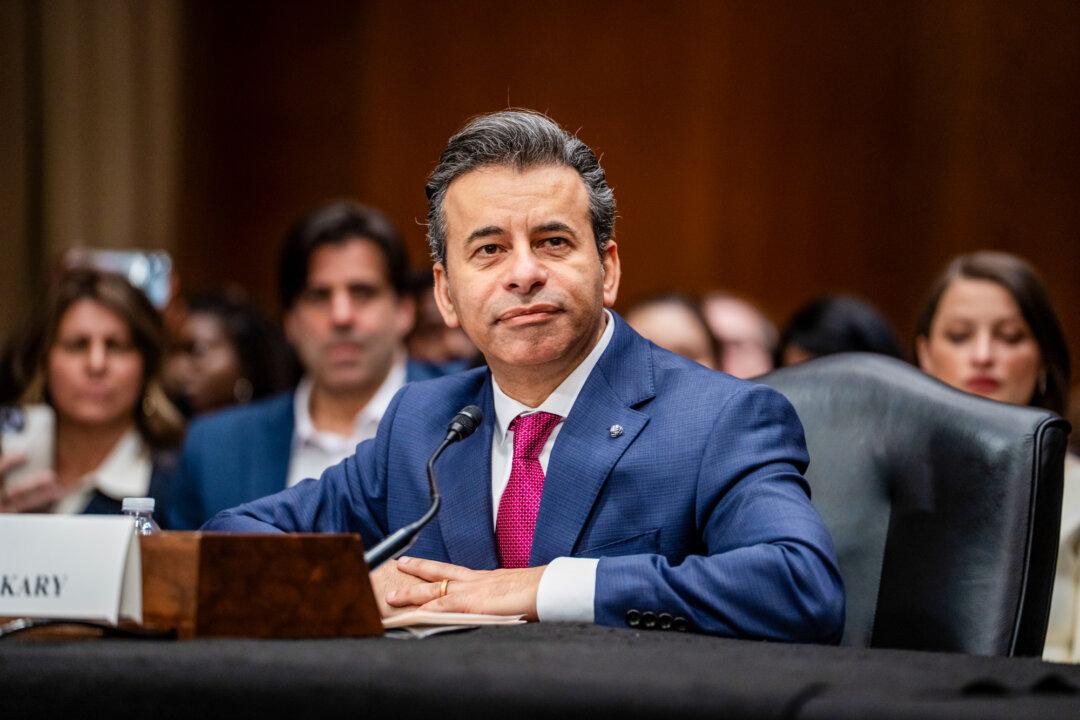The IRS has issued a notice reminding retirees aged 73 and older to take required withdrawals from retirement accounts before a Dec. 31 deadline or face the prospect of hefty penalties.
While an IRA trustee or plan administrator may calculate the RMD, the account owner is ultimately responsible for ensuring the correct amount is taken, the IRS cautioned.
Changes introduced by the Secure 2.0 Act raised the starting age for RMDs from 72 to 73, giving retirees more time to keep funds in their accounts. Under the updated rules, beginning in 2033, individuals will not need to take the mandatory withdrawals until they reach age 75.
In its Dec. 10 notice, the IRS highlighted other updates introduced by the Secure 2.0 Act. These include the elimination of required minimum distributions for Roth accounts in employer-sponsored plans such as 401(k)s and 403(b)s, starting in 2024. This change aligns these accounts with Roth IRAs, which have long been exempt from lifetime RMDs.
The updated rules for RMDs continue to apply to traditional IRAs and IRA-based plans, requiring annual withdrawals once individuals reach the specified age, even if they’re still employed, the IRS noted.
Employer-sponsored plans are also subject to RMD rules, but withdrawals can be delayed until retirement unless the participants owns more than 5 percent of the sponsoring business. While Roth IRA owners are exempt from having to take withdrawals in their lifetime, beneficiaries must adhere to RMD rules following the account owner’s death.







